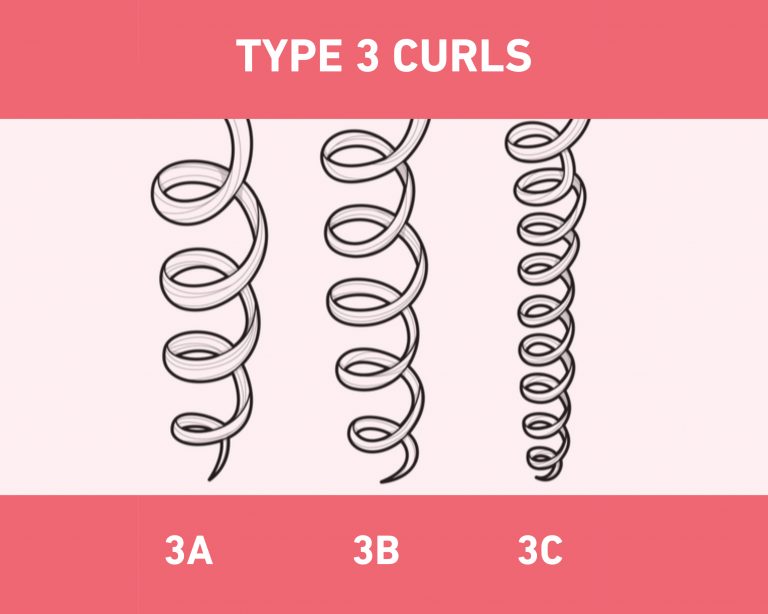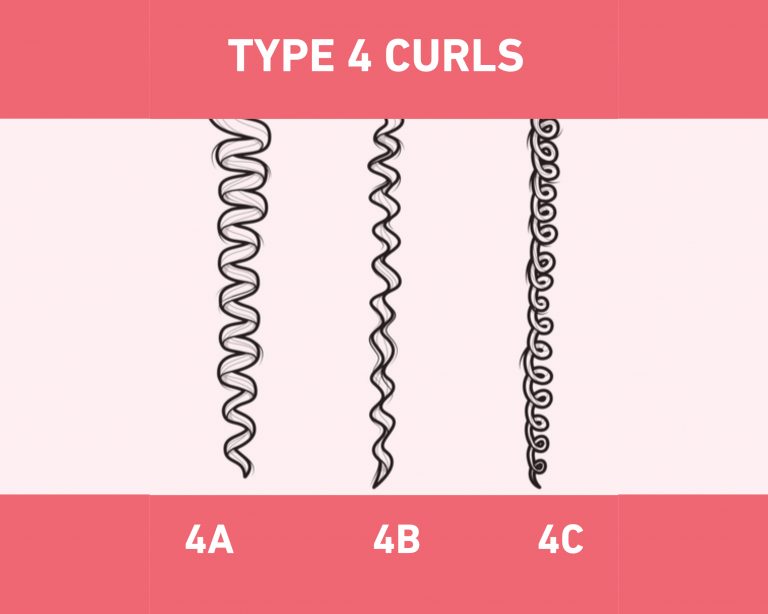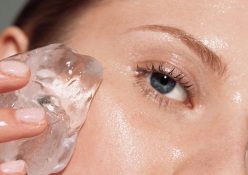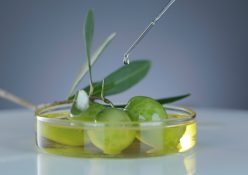Men have been getting creative with owning their cool curls, we’re here for it with a guide to figuring out your curl pattern. Keep it fresh all year round! Curly hair types are grouped into three main categories: Curls, coils and kinks or zigzag. Below we explore insights from industry experts and hairstylists to help you understand the science behind curls and pro tips on how to best care for your hair.
What’s the deal with curls?
Hair types depend on the shape of the hair follicle itself. ‘The shape of our hair follicles and the way the hair emerges from the follicle is a major contributor in the degree of the hair-curl pattern, its shape, and ultimately what we describe as texture,’ explains Rolanda Wilkerson, senior science communication manager at Procter & Gamble. The follicle, as well as the hair fibre, differ in size and shape in every hair category. Smooth, straight hair is a result of a round follicle, while oval and twisted oval follicles create wavy and curly hair. The thickness of hair also differs due to the size of the follicle – thicker strands grow from a larger area while thinner strands grow from smaller areas. Hair is biologically quite complex; the chemical bonds in your hair contribute to your curl pattern, too. ‘Hair is primarily made of cysteine, a sulphur-containing amino acid,’ Rolanda says. Naturally straight hair has cysteine groups that are spread apart so they cannot interact. In curly hair, they are closer and can easily bond among themselves, creating more fibrous tension which result in more curling.
Find your curl type!
TYPE 3 CURLS: This category groups hair that curls into springs and corkscrew shapes together. This category includes many different hair thicknesses (fine, medium, or thick) and combines wavy and coiling strands. Wet hair is wavy and the curls usually look like waves with a three-dimensional twirly shape as they dry. Here, each strand of hair type can be unique.

Type 3A: SOFT CURL
These curls are spirals large in diameter and are typically not coarse; instead, bouncy and even with minimal styling. It’s usually the easiest curls to manage and, with the right products, doesn’t need a whole lot of styling.
Type 3B: CURLY
Think well-defined medium size springs that resemble corkscrews. Volume is no issue with this hair type as each spring is individually well-defined and bounce off each other to create volume and shape. Most prone to breakage and mattified frizz, moisture plays a primary role in maintaining these curls.
Type 3C: ULTRA CURLY
This hair type has smaller, more dense curls than 3B; it ranges from defined to loose helices. A detangling comb is essential to avoid breakage and light dreading when left too long. Because of the density, your scalp needs extra TLC to stay healthy and clean.
TYPE 4 CURLS: This hair type typically shapes into a zigzag pattern that doesn’t spiral or can be a tightly-wound S-shaped curl – it can even be a mix of the two shapes.

Type 4A: COILED
This type is characterised by small, distinctive S-shaped strands, looped alongside each other into tight rings. This curl type needs care that includes creams and oils to support the moisture balance, manage frizz and maintain a nourished, soft feel.
Type 4B: ZIG ZAG
This curl type is characterised by its tiny zigzagged pattern, usually accompanied by tighter and S-shaped coils. With a vast variety of different styles, there are a lot of product options formulated with varying ratios of key conditioning ingredients. For this type, double conditioning is essential – in the shower and for post-shower styling.
Type 4C: TIGHTLY COILED
Tightly coiled strands are more fragile than any other curl pattern and most prone to breakage; maintaining moisture is essential. Treat your hair to weekly hot oil treatments with ingredients like avocado, coconut, castor or almond oil to maintain and lock in moisture.
Words by Stephanie Tutus
Photography: Courtesy Images, Unsplash







